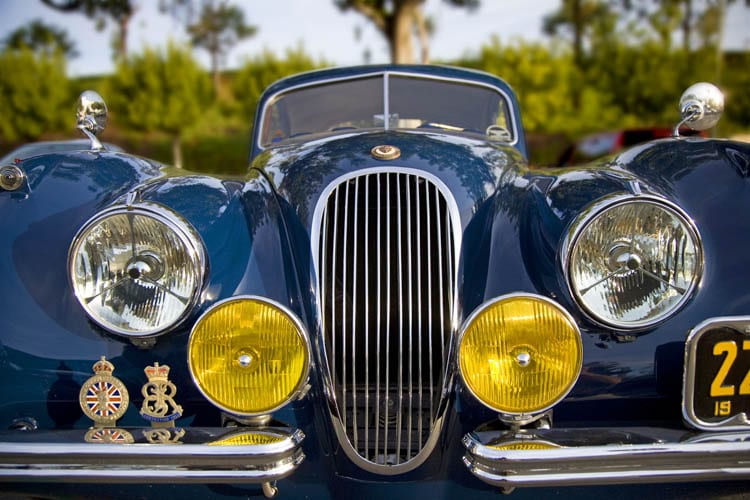
The Big Cat's in Town
The Jaguar begins its journey from the connoisseur's porch to the "average" Indian millionaire's garage
In November last year, Gayatri Devi, former Maharani of Jaipur, won a little prize. In an event organised by Cartier for heritage cars at The Royal Western India Turf Club in Mumbai, her 1949 white Jaguar XK120 won a prize as the best preserved vintage car. tell. It was a surprise gift from her late husband, Sir Sawai Mansinghji Bahadur. She had taken a fancy to the car while on a holiday in France.
She wasn’t the only fan. The XK120 had set the automotive world’s pulse racing in the late 40s, early 50s. The first post-World War II sports car built by Jaguar, it was a runaway hit with car enthusiasts as well as the automotive engineering world. It was the first car priced below £1,000 that could do over 100 mph. As was customary for sports cars of that vintage, it was a roadster, with a folding windscreen and detachable side curtains, rather than roll-up windows. When the car was first showcased in a 1948 auto show, a non-engineer motorcycle enthusiast, William Lyons, etched British manufacturing capability in automobile history. He proved there was an opportunity to build a successful automobile business by listening to one’s heart.
Jaguars were imported and sold by agents with showrooms in the posh Malabar Hill area in South Mumbai to Maharajas and big industrialists. Liquor baron Vijay Mallya and actor Jackie Shroff have well-preserved models of vintage Jaguars.
Last month, Jaguar set up its first official showroom in Worli, Mumbai. The showroom has already sold the first lot of half a dozen cars that were imported into the country. The Tata group, the new owners of the Jaguar brand, having bought it from the Ford Motor Company in 2008, must be elated.
Days after it set up showrooms in India, designers unveiled the souped-up Jaguar XJ in the first international launch after the takeover. Designed by Ian Callum, who submitted his first design to the Midlands company when he was just 13, the car borrows from Jaguar’s best loved saloon, the MK2. The car has an aerospace-style, from welded and riveted aluminium, supple Italian leather upholstery, air suspension and six-speed automatic gearbox. It is touted to be a tough rival for BMW and Mercedes-Benz when it goes on sale next January.
The Tatas began building their first car in the mid-90s. Their flagship small car Indica scores for its cheap maintenance cost among car hire companies but doesn’t excite small boys enough to make their parents buy it as a family car. The Indica was meant to be functional, just as Lyons wanted all his cars to be aspirational.
Even as Tata Group Chairman Ratan Tata won global acclaim for making a small car for Rs. 1 lakh, the surprise demand for Jaguars and worldwide accolades for the new XJ is surely going to write a new script for the Indian car maker.
(This story appears in the 30 November, -0001 issue of Forbes India. To visit our Archives, click here.)





